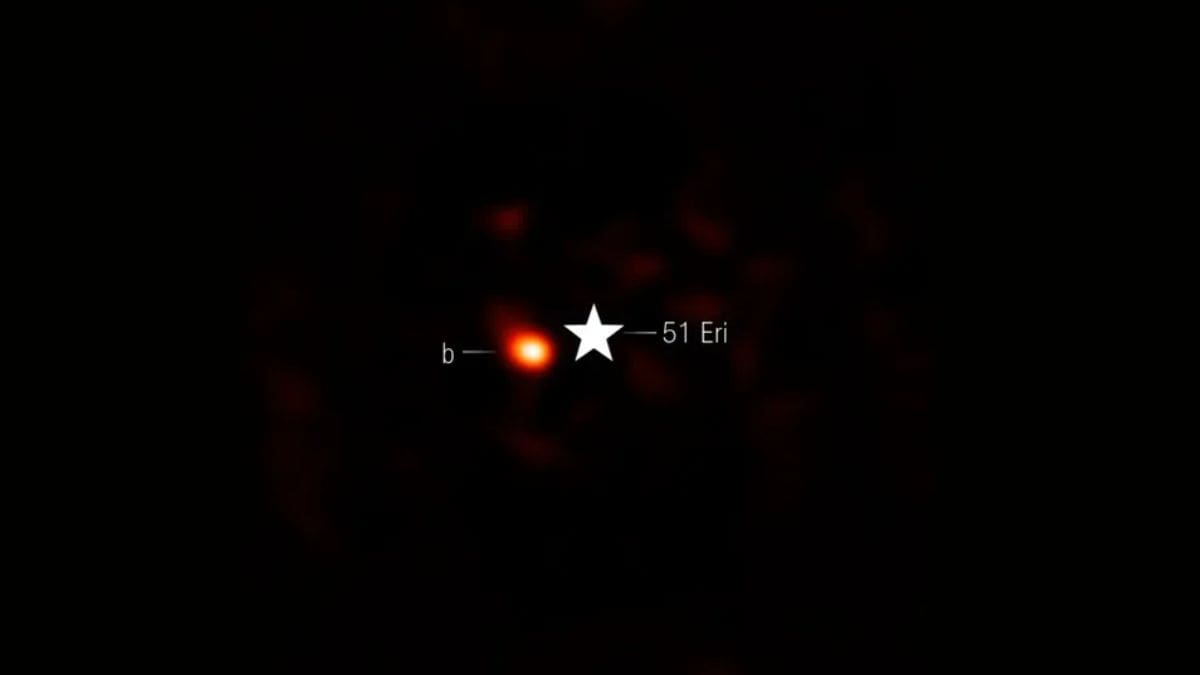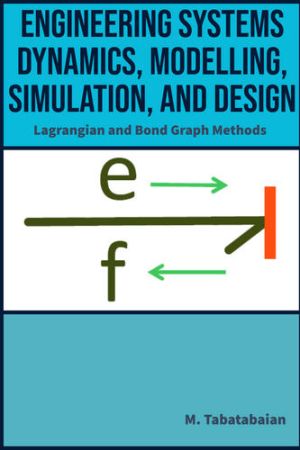JWST Captures Unseen Details of Exoplanets in HR 8799 and 51 Eridani Systems
The James Webb Space Telescope (JWST) has captured groundbreaking images of exoplanets in the HR 8799 and 51 Eridani systems. By modifying its coronagraphs, astronomers allowed more starlight to pass through, revealing clearer planetary details. The study, published in The Astrophysical Journal Letters, highlights the first successful detection of HR 8799 at 4.6 microns—a wavelength blocked by Earth’s atmosphere. Researchers also identified carbon dioxide, supporting the theory that these planets formed through core accretion. Additional JWST observations are planned to study more planetary systems and their formation processes.

Astronomers have released new images of planets within the HR 8799 and 51 Eridani star systems. The James Webb Space Telescope (JWST) was used in a way that was different from standard procedures to achieve these results. Capturing direct images of exoplanets is challenging due to the brightness of host stars, which often obscures planetary details. To allow more light through, researchers adjusted JWST's coronagraphs. This helps in enhancing the visibility of these distant worlds. This adjustment provided clearer insights into planetary atmospheres and their compositions.
Unconventional Use of JWST's Coronagraphs
According to a study published in The Astrophysical Journal Letters, lead author William Balmer, a Ph.D. candidate at Johns Hopkins University, explained to Space.com that a thinner part of the coronagraph mask was used. This allowed more starlight to diffract, reducing the risk of completely obscuring planets. Coronagraphs typically block starlight to reveal faint celestial bodies, but this modification provided a balance between removing excessive glare and preserving planetary details.
Key Discoveries and Observations
The JWST's mid-infrared imaging captured HR 8799 at 4.6 microns. It is a wavelength that is mainly blocked by Earth's atmosphere. Balmer stated that previous ground-based attempts had failed, demonstrating JWST's stability in detecting exoplanets. Observations at 4.3 microns were also conducted. This revealed the presence of carbon dioxide. It is a very important step in determining the planetary formation processes. The detected carbon dioxide levels suggested that these planets likely formed through core accretion, gathering heavy elements over time.
Future Research and Expanding Studies
There are many research planned to study the four additional planetary systems. Balmer's team has been allocated more JWST observation time to confirm whether similar gas giants formed through core accretion. This could offer more insights into the stability of planetary systems and potential habitability of smaller, unseen planets.












)

























































